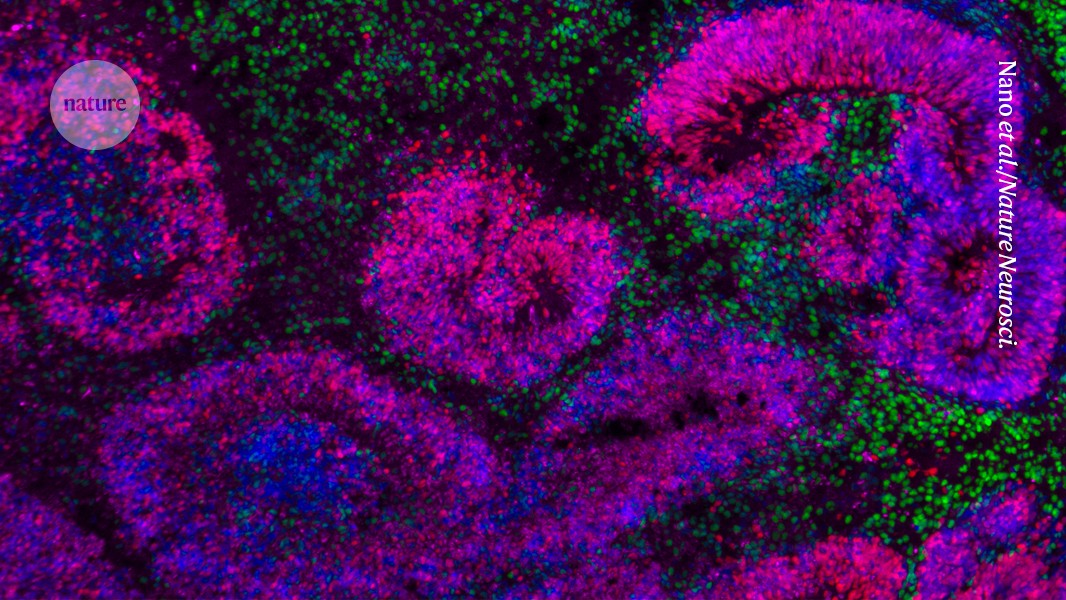
"Scientists have created the most detailed maps yet of how our brains differentiate from stem cells during embryonic development and early life. In a collection of five papers published in Nature on 5 November, they tracked hundreds of thousands of early brain cells in the cortexes of humans and mice, and captured with unprecedented precision the molecular events that give rise to mixture of neurons and supporting cells."
"These atlases could offer new ways to study neurological conditions such as autism and schizophrenia, as researchers can now "mine the data, find genes that may be critical for a particular event in a particular cell type and at a particular time point", says Zeng. "We have a very exciting time coming," adds Zoltán Molnár, a developmental neuroscientist at the University of Oxford, UK, who was not involved with any of the studies."
High-resolution maps track hundreds of thousands of early brain cells in human and mouse cortexes, capturing molecular events that generate neurons and supporting cells. The effort is part of the BRAIN Initiative Cell Atlas Network (BICAN), launched in 2022 with US$500 million to build reference maps of mammalian brains. Two studies mapped portions of the mouse cerebral cortex. An atlas covering visual-cortex development from embryonic day 11.5 to 56 days postnatal catalogued 568,654 individual cells, 148 cell clusters and 714 subtypes. These atlases enable mining for genes critical to events in specific cell types and time points, facilitating study of autism, schizophrenia and other neurodevelopmental conditions.
#developmental-neuroscience #cell-atlas #single-cell-mapping #brain-development #neurodevelopmental-disorders
Read at Nature
Unable to calculate read time
Collection
[
|
...
]